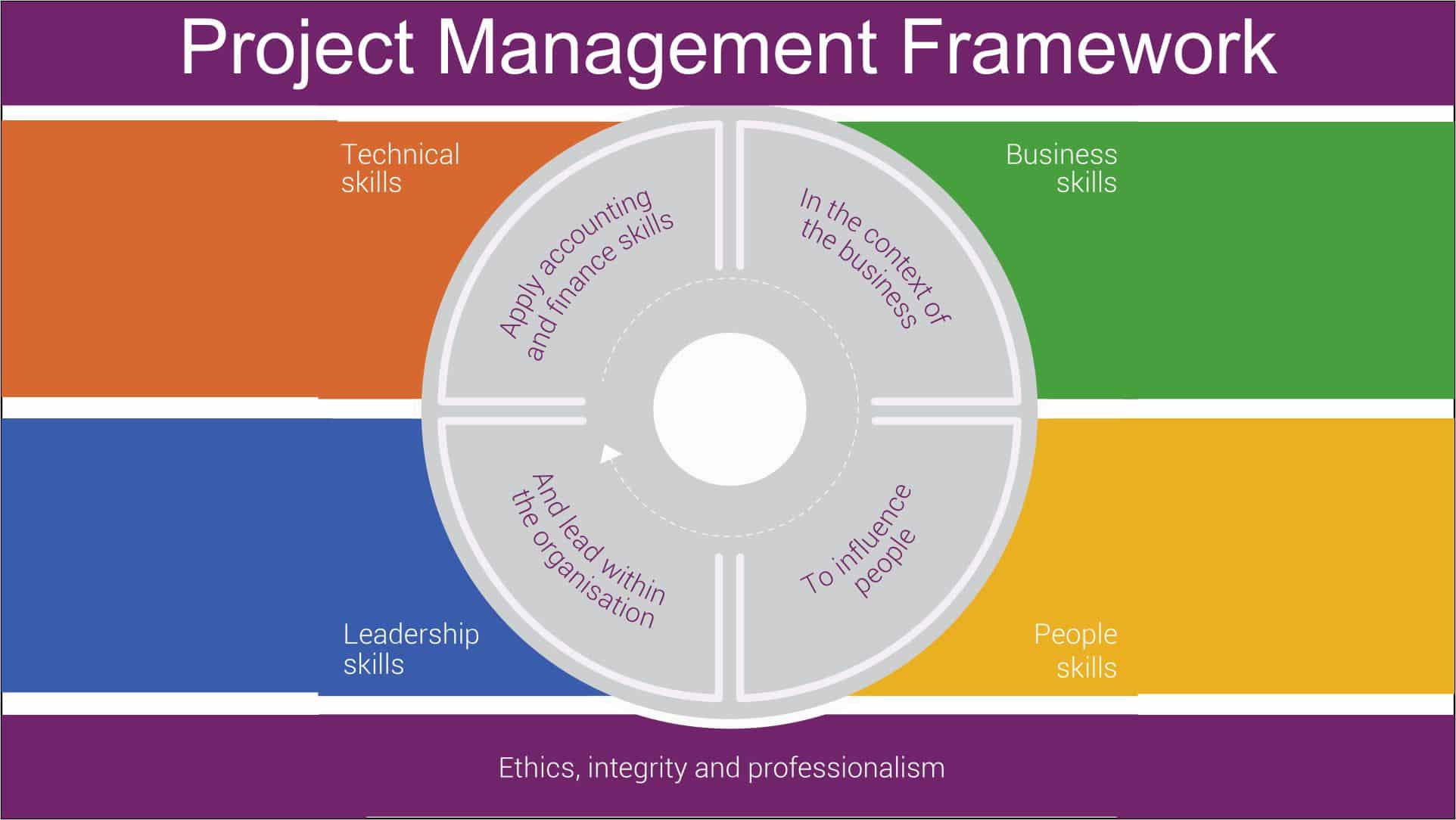
Planning is a fundamental aspect that is essential for performing any task. When it comes to project planning, it sheds light on the present status of a business or company. Moreover, market research is done so that the teams, sponsors, project managers and stakeholders can make a practical decision.
Now, let us delve right into the reasons.
Establishing Objectives
When a project is brought under the microscope, it helps the team look into the individual parts. Thus, each element of the projec is given equal attention, as well as monetary resources. Do you know that 31% of project managers cite budget as a criterion for project success?
Moreover, the project managers can distribute the task to the team members efficiently and lay down certain targets. These targets will add up to form the ultimate company objective, which has to be accomplished within a particular period.
Coordination and Communication
Planning leads to proper coordination and communication among the team members. In this regard, Projective Management software solutions play a pivotal role. These include Scoro, Basecamp, Podio, JIRA, PROOFHUB, etc.
Apart from scheduling tasks, online chats and meetings, these platforms help in the clarification of tasks. Moreover, the supervisors can keep a tab on the daily activities of subordinates. This allows the team to track how well they are performing, leading to morale-boosting.
Authentic Allocation of Resources
Once planning has been done, the project managers can start gathering resources for the execution of the project. A holistic approach and knowledge of the scopes will enable the project manager to identify and allocate the resources.According to Frank thomas, the Content Head of name Assignmenthelp.us.
He or she has to manage personnel and assign tasks as per the deadline effectively. In addition to this, proper resource allocation enables the team to complete the project with in the budget. Some of the tools that one can use are Teamdeck, Float, and Forecast.

Risk Identification
When the planning is done, one has to consider all the possibilities – failures, shortcomings and all. Knowing the risks beforehand will allow the team to be prepared whenever the situation arises. A well-defined plan will even help the team overcome the risks and achieve the results.
The types of risks include cost risk, privacy risk, schedule risk, performance risk, operational risk etc. Over the years, companies have relied on tools to monitor the situation and even reduce the risks associated with the projects. These tools include Project Management solutions, Liquid Planner, etc.
Task Flow and Dependency
Often there are tasks in a project that are interdependent. Thus, a project manager has to assess the individual requirements and create a schedule flowchart, which every member of the team has to abide by. Here, tools such as Microsoft Teams and Team Viewer allow the team to monitor the progress of the projects.
As per the statistics, only 2.5% of the companies can complete 100% of the tasks successfully. This is because the rest of the firms do not have a strategy or deadline-based schedule. Managers frequently make use of the Gnatt chart for the completion of the project.
Setting Project Milestones
An experienced manager will always take several factors, like a re-evaluation of deadlines, scope, and deliverables, into consideration. Based on this, he or she will be setting the milestones so that the team members can complete the project on time.
It is frequently observed that adjustments and consultations are required here and there for accomplishing a task. The project manager must have an understanding of the expertise level of the team members. If training is required for on-time submission of the project, the manager must arrange for such sessions.
Now that we know the reasons behind project management planning, let us check out what constitutes a master plan.
What Makes a Master Plan?
Apart from the criteria specified above, the project manager first has to determine whether the project aligns with broader business goals or not. Following this, the manager must go through the following aspects:
- Business requirements
- Resources (finance and human)
- Stakeholders
- Competitor analysis
- Market and trend study
- Expert consultations
The formulation of a master schedule cannot commence until a master project plan is in place. This brings us to the last important detail that one must take into account – the Work Breakdown Structure (WBS).
As per Project Management Body of Knowledge (PMBOK), WBS is defined as a “deliverable oriented hierarchical decomposition of the work to be executed by the project team”. It basically comprises:
- Final deliverable or the project
- Sub-deliverables containing the work packages
- Duration-specific work packages
- Independent work packages
Project managers rely on mind mapping software (like Matchware Mindview) and Gnatt chart to chalk out the WBS.
As you can see, planning is crucial for the successful completion of a project. With authentic planning, one can avoid mismanagement, poor project quality, deadline miss and wastage of budget. So, schedule a team meeting right away and put all the heads together to create a foolproof plan.

Have you ever asked someone ’Can you write my essay for me?’. With the guidance and support from expert writers at total assignment help, you can submit the best essays which gets you the grade you want.